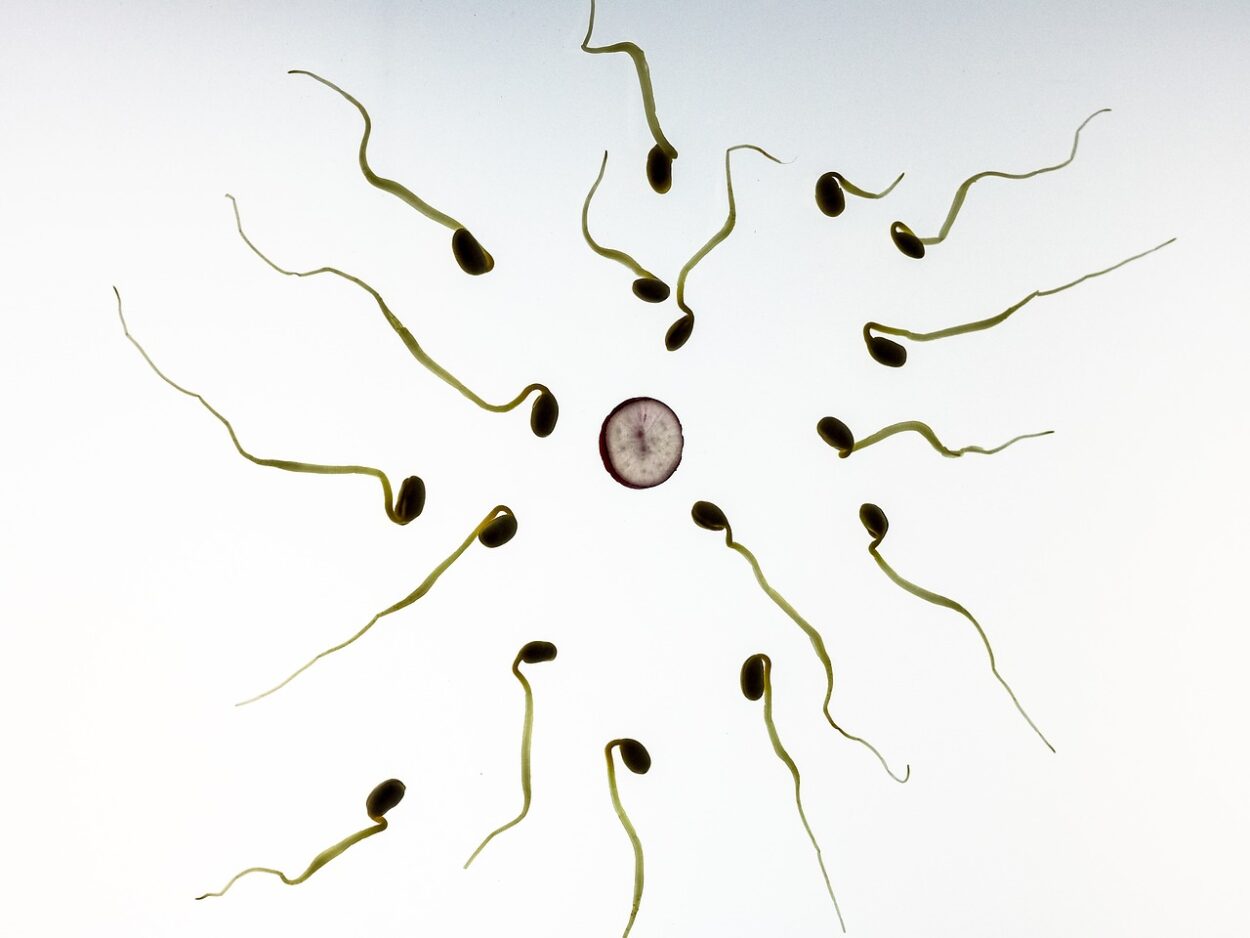A vasectomy (male sterilization) is a quick and simple outpatient procedure that cuts or seals the tubes in the scrotum that carry sperm, making it impossible for them to leave the body and cause pregnancy. It’s 99% effective and permanent.
However, men who have had a vasectomy must use another form of birth control until semen analysis shows they are free of sperm. This can take up to three months to achieve.
How long does it take to heal after a vasectomy?
You will likely experience some pain, swelling and bruising in your scrotum after a vasectomy. This is normal and should subside with time, but if you are experiencing severe pain or a prolonged period of discomfort, it is advisable to see your GP. Painkillers can be taken as needed to alleviate discomfort.
Although a vasectomy prevents new sperm from entering the semen, sperm from previous ejaculations still exist in your body and will be released when you orgasm. This is why it’s important to wait a week before orgasming again after your surgery. This gives the tissues and tubes in your scrotum the chance to heal.
It is important to wear tight-fitting underwear throughout your recovery. This will help to support your scrotum and reduce bruising and swelling. A jockstrap or athletic supporter is ideal for this purpose and can be worn day and night to provide maximum comfort.
It is also important to use a different method of birth control until you are clear of sperm in your semen. Sperm can be present in your semen for up to 3 months after a vasectomy, and it may take 20-30 ejaculations before you are completely free of sperm. It’s a good idea to do a regular semen analysis after this time to check that the sperm has been eliminated from your system.
Is it safe to ejaculate after a vasectomy?
A vasectomy stops new sperm from entering the semen, but it doesn’t work right away. There will still be plenty of sperm in the “pipeline” that takes time to clear. It’s important to continue using other forms of birth control until a urologist checks your semen for sperm and confirms there are no sperm in it. A urologist should test your semen at least every 3 months or after 20 ejaculations, whichever comes first.
The ejaculate you produce during orgasm is made up of mostly fluid from glands like the prostate and seminal vesicles. A tiny bit of it comes from the sperm cells produced in the testes. The body breaks down old and unused sperm by dissolving them and then reabsorbing them. This process is normal and does not cause any negative side effects.
When your doctor performs a vasectomy, they will place a small band of sterile gauze over the area where the incision is located. You will need to change the dressing every day until it becomes clean or soiled and remove it completely once it’s stained or leaking. You should not have sex before your incision site heals, since doing so could reopen the incisions and cause infection. It is also a good idea to use condoms when engaging in sexual activity to prevent the risk of STIs (sexually transmitted infections). The best way to avoid STIs is to abstain from all sexual activity until your urologist tells you that your vasectomy is working.
Is it safe to masturbate after a vasectomy?
A vasectomy is one of the most popular forms of male sterilization. It involves cutting or sealing the tubes that carry sperm from each testicle to your semen. This prevents sperm from fertilizing your eggs and causing pregnancy. It also reduces the risk of prostate cancer. It is considered a permanent form of birth control and has a very high success rate.
Although a vasectomy can prevent sperm from entering your semen, it does not make you sterile right away. It takes several months for the sperm in your vas deferens or urethra to clear out. During this time, you will need to use other methods of birth control.
Masturbating after a vasectomy is not dangerous. However, it is recommended that you wait at least a week before masturbating again. This gives the incisions made during the procedure a chance to heal. In addition, masturbating too soon after a vasectomy can cause a painful condition called post-vasectomy pain syndrome.
You may notice that the quality and texture of your semen changes after a vasectomy. But the sensation of orgasm should remain the same. It is also important to get a follow-up sperm analysis after 20 or more ejaculations to ensure that the vasectomy was successful. You will likely need to undergo this analysis three months after your vasectomy.
How do I know if my vasectomy was successful?
A vasectomy is one of the most effective forms of birth control for men. Its nearly 100% success rate makes it an excellent choice for couples who want to avoid pregnancy. But, just like any medical procedure, there are a small percentage of cases in which the tubes may reconnect and produce sperm.
To make sure that a vasectomy was successful, doctors will check the patient’s semen six to twelve weeks after surgery. This test is called a semen analysis, seminogram or spermiogram. Patients must provide the sample by masturbating into a specimen container. This test is typically very painless and only takes a minute or two to perform.
Although the ejaculate may contain some sperm, the vast majority of the semen will be completely free of sperm. Men should continue to use extra methods of birth control, such as condoms, female birth control pills or medroxyprogesterone (Depo-Provera) shots, until a doctor confirms that their semen is sperm-free.
Men who have a vasectomy should also consider freezing their healthy sperm in case they decide to reverse the surgery. The procedure can be done in the office and is usually completed within a few days. Frozen sperm can be used in fertility treatments such as intrauterine insemination and in vitro fertilization. Sperm can be frozen for up to 10 years.




Leave a Comment